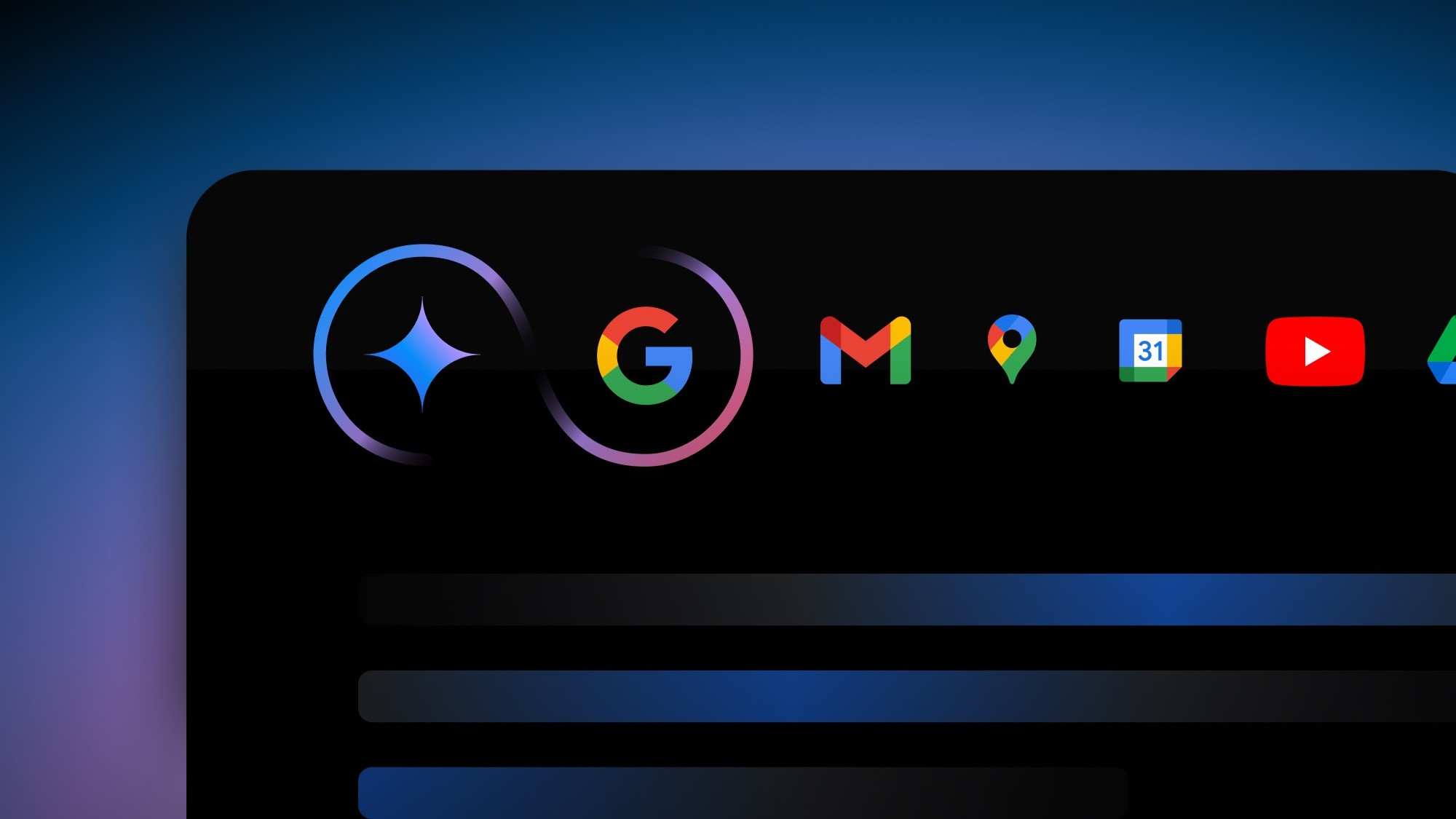A $699 Pixel 5 could be the bargain of the year — if Google doesn't mess things up

The Pixel 5 is launching on September 30, and we know a lot about Google's 2020 flagship. The phone will feature a 6-inch 90Hz FHD+ OLED display, dual rear cameras with a wide-angle lens, 8GB of RAM and 128GB of storage, stereo speakers, wireless charging, and a 4000 mAh battery.
But what's particularly interesting is that the Pixel 5 will be powered by the Snapdragon 765G — the same chipset as the OnePlus Nord and Motorola Edge — and not the flagship Snapdragon 865 like other 2020 flagships. We've seen that the Snapdragon 765G delivers incredible performance and has 5G connectivity, so it makes sense for Google to save some cash by opting to go with Qualcomm's mid-tier chipset instead of springing for the costlier Snapdragon 865.
By offering the Snapdragon 765G, Google is looking to undercut its rivals by a significant margin. The latest leaks point to a sub-$700 pricing for the Pixel 5, with Google likely to offer the phone for $699 in the U.S.
Going with the Snapdragon 765G allows Google to undercut Samsung by several hundred dollars.
Google didn't achieve any meaningful sales volumes with its flagship Pixel series, but that may change with the Pixel 5. If the phone does debut for $699, it is bound to sell in decent numbers. The Snapdragon 765G holds up just as well as the Snapdragon 865 in most day-to-day tasks, and Google has demonstrated with the Pixel 3a series that it can optimize the software well.
When you consider that the Pixel 5 will offer upgraded cameras from the Pixel 4 series — including a wide-angle lens for the first time — it is looking like the bargain of the year. Google hasn't really omitted any features here; you're getting wireless charging with reverse wireless charging, 8GB of RAM (also a first), a large 4,000mAh battery, and stereo sound. These specs look exciting on any phone, and the fact that Google is taking hardware seriously is a good sign.

There's only one problem here: Google's abysmal track record with flagship Pixels. Google somehow managed to run into issues with every Pixel launch following the introduction of the series back in 2016. The Pixel 2 had huge bezels, while the Pixel 2 XL was plagued by display issues. The Pixel 3 series fixed the issue with the screens, but introduced new problems: the battery life on the regular Pixel 3 was average at best, and the notch on the Pixel 3 XL was hideous. And with both phones limited to 4GB of RAM, multitasking was just not possible.
Google needs to show that it can deliver faultless hardware with the Pixel 5.
Then there was the Pixel 4 series. While Google added a 90Hz refresh rate and secure face unlock, both phones had woeful battery life, with the regular Pixel 4's 2800 mAh battery barely making it through until mid-day. Every phone has its faults, but for whatever reason, Google has had a particularly poor showing with its Pixel lineup.
Get the latest news from Android Central, your trusted companion in the world of Android
So for its 2020 flagship, Google needs to make sure that there are no hardware defects. It is encouraging to see that the Pixel 5 will offer 8GB of RAM and a 4000 mAh battery, because that means you won't run into issues with multitasking, and the battery should actually last a day.
We've already seen Google going back to basics with its 2020 mid-range option, the Pixel 4a. The phone has modest hardware with a plain design, with Google instead focusing on its biggest strength: camera prowess. The Pixel 4a takes the same caliber of photos as the Pixel 4 series, making it a standout option in the mid-range category.
It looks like Google is planning on doing the same with the Pixel 5. There are no glaring omissions from a hardware point of view, and we'll undoubtedly see a few camera-focused improvements that should make the Pixel 5 stand out from the likes of the Galaxy Note 20 Ultra. Combine all of that with a $699 price tag and we could be looking at a new addition to the best Android phones — provided Google doesn't run into any hardware issues once again.

Harish Jonnalagadda is Android Central's Senior Editor overseeing mobile coverage. In his current role, he leads the site's coverage of Chinese phone brands, networking products, and AV gear. He has been testing phones for over a decade, and has extensive experience in mobile hardware and the global semiconductor industry. Contact him on Twitter at @chunkynerd.
